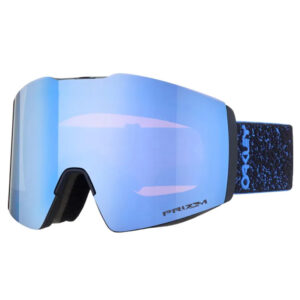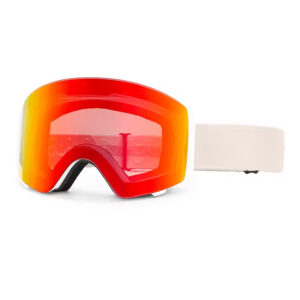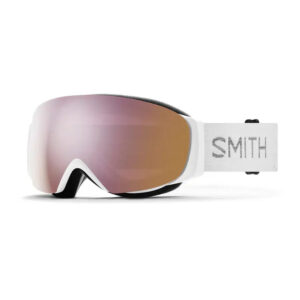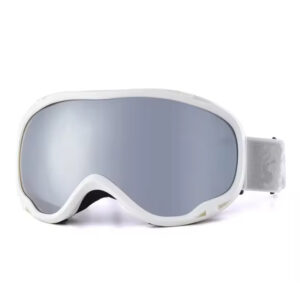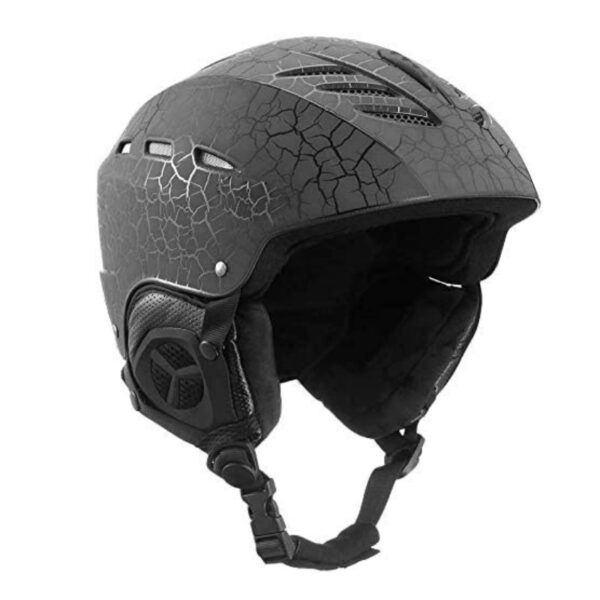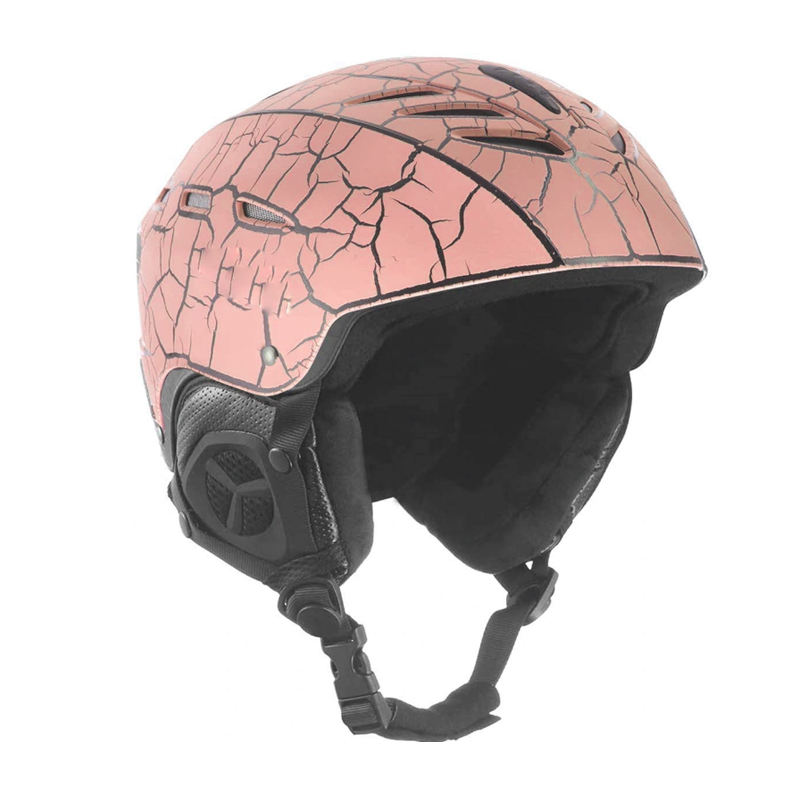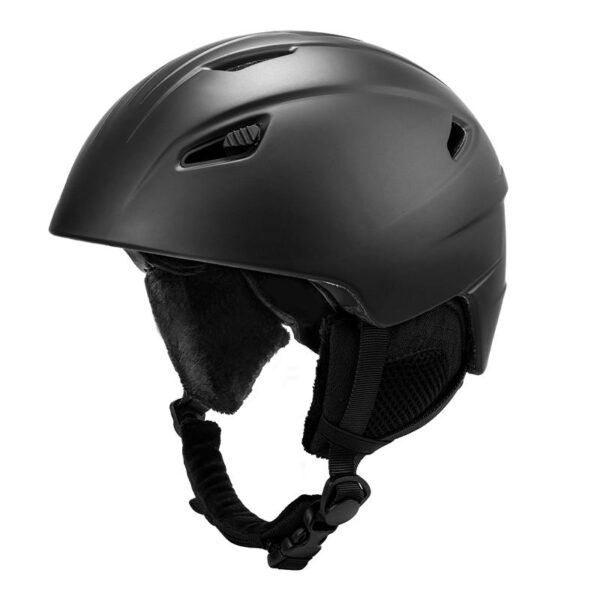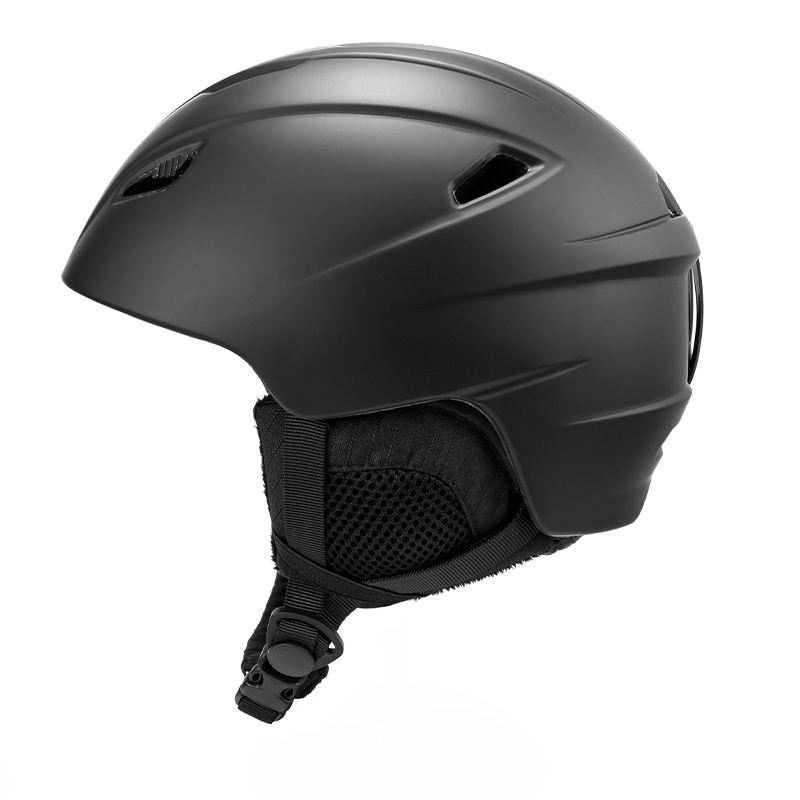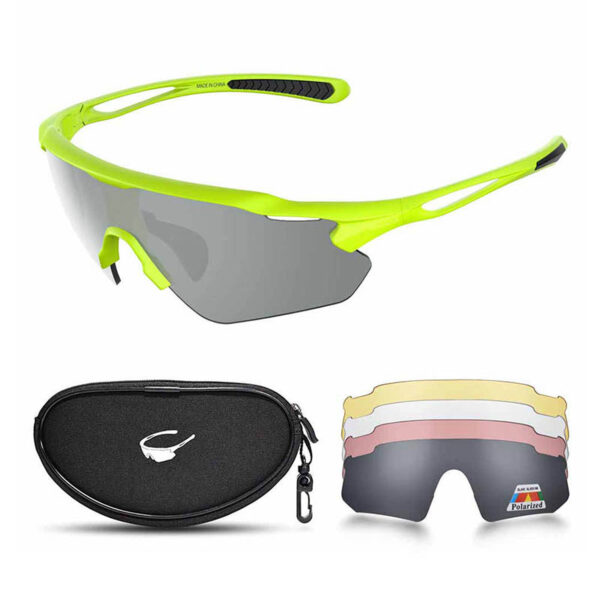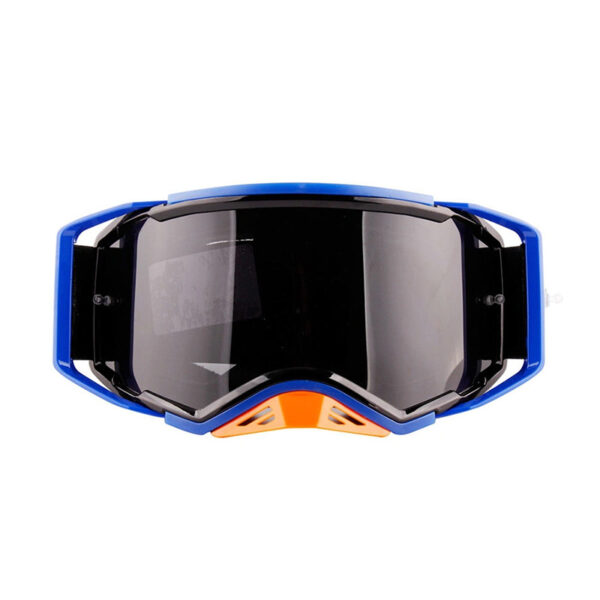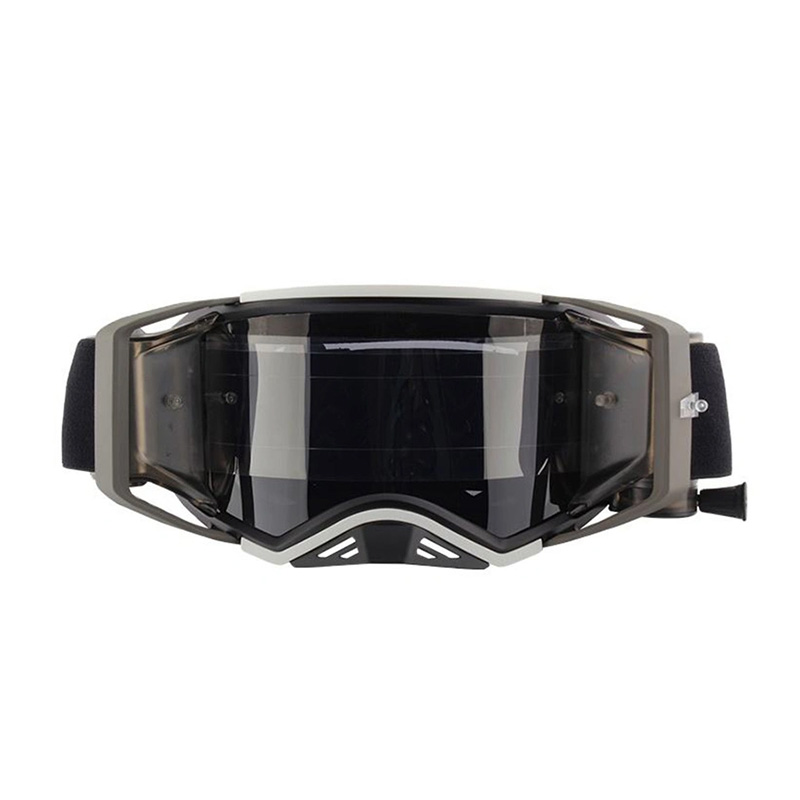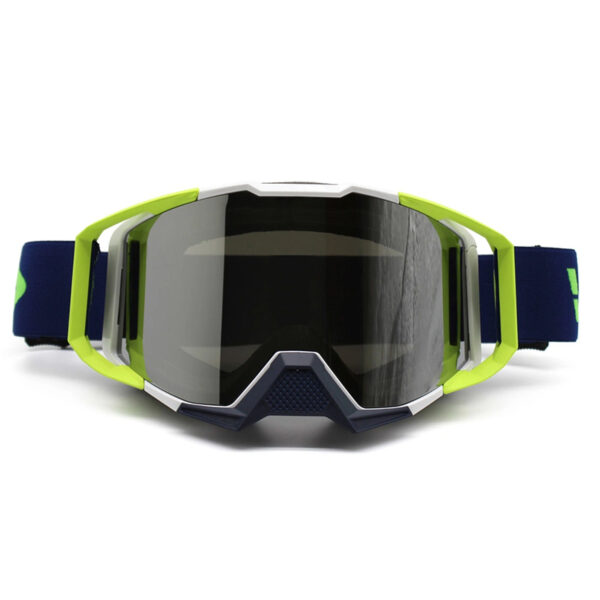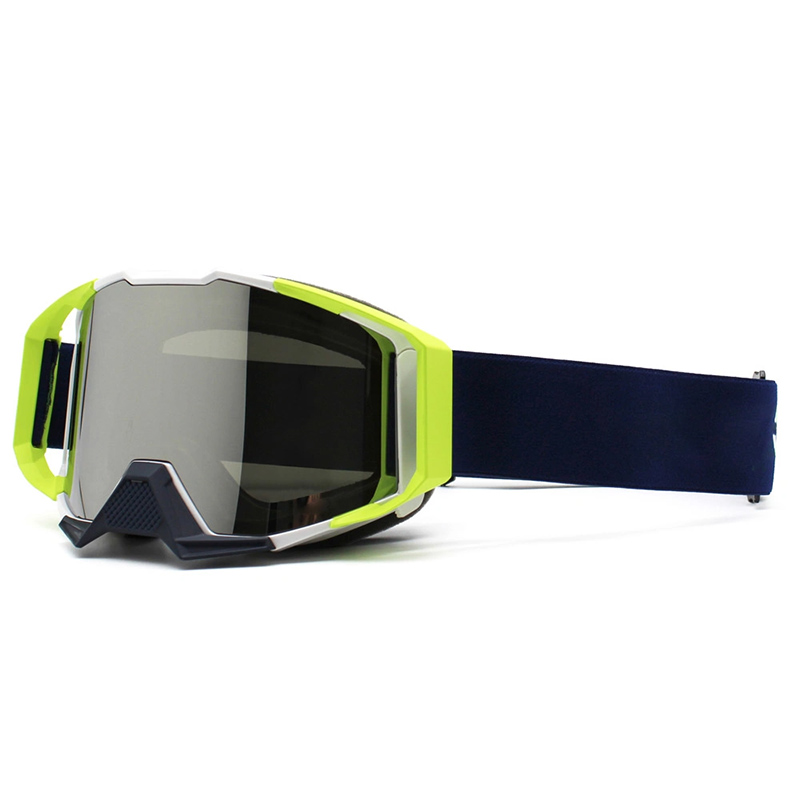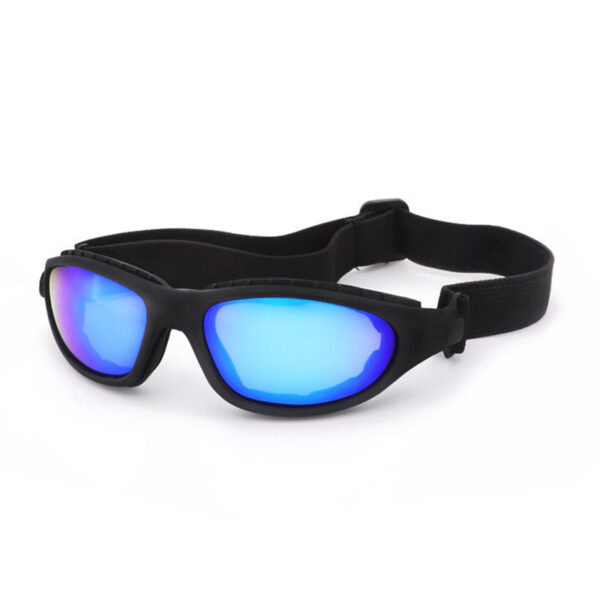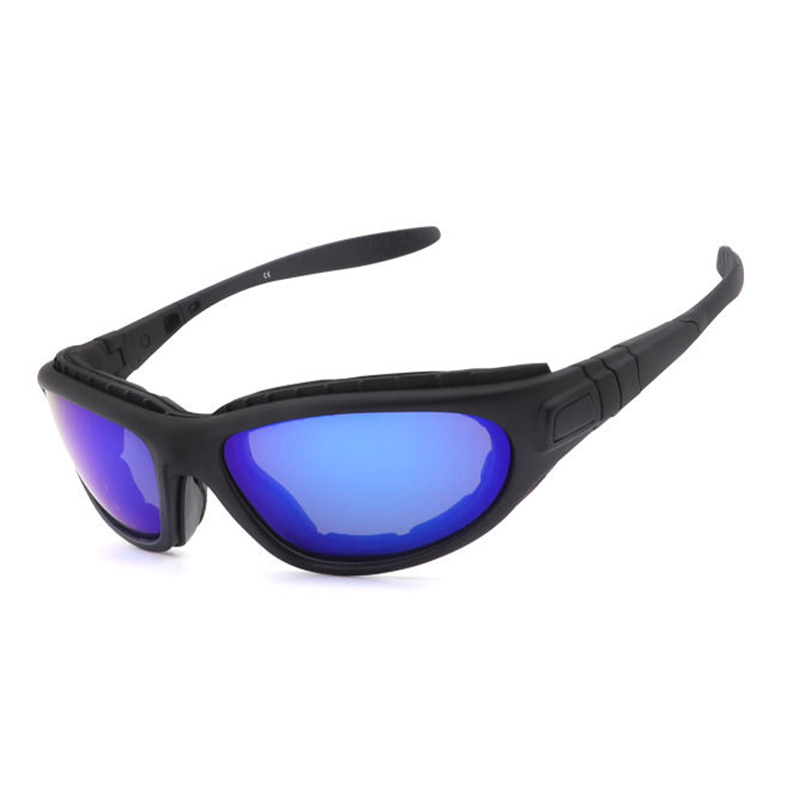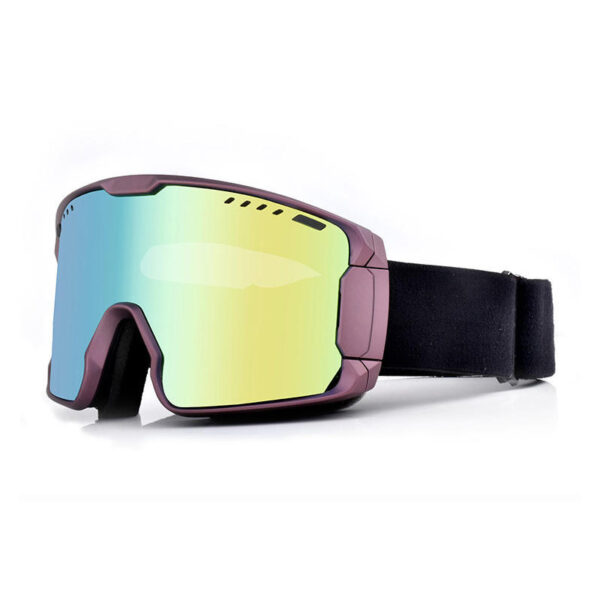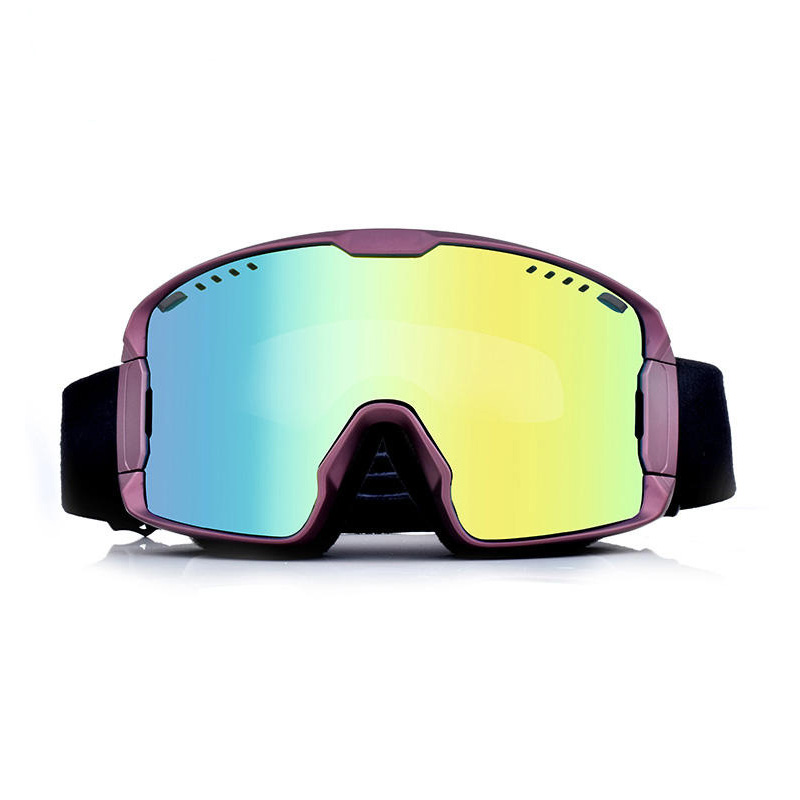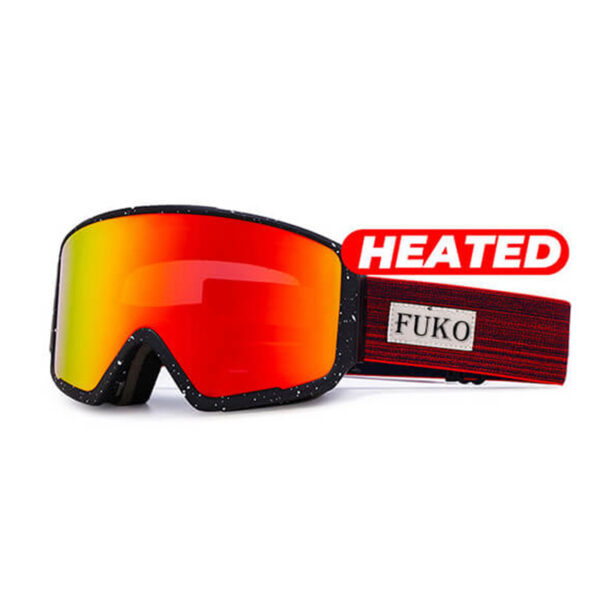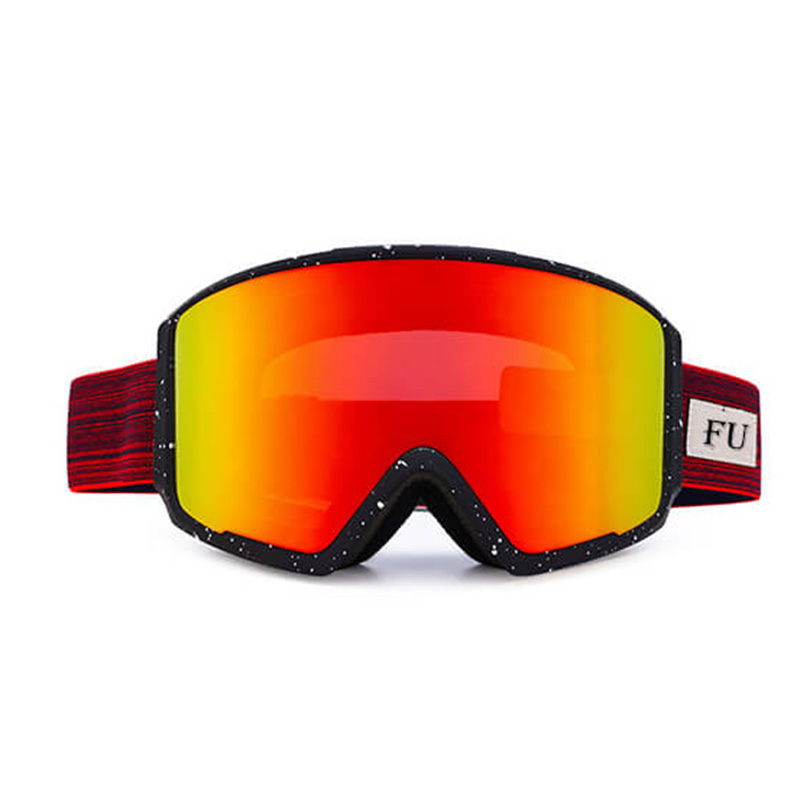Skiing is an exhilarating winter sport that requires proper gear to ensure safety and enjoyment. Among the essential equipment for skiing, ski goggles play a crucial role in protecting your eyes from harsh weather conditions and potential hazards on the slopes. However, simply wearing ski goggles isn’t enough; they must fit properly for optimal performance. This article will explore how ski goggles should fit, provide a ski goggles size chart, discuss fitting on the nose, and share tips on identifying good ski goggles.
How Should Ski Goggles Fit
Proper fit is essential for ski goggles to provide optimal protection and comfort. Here are some key considerations for a well-fitting pair of ski goggles:
- Snug but not too tight: The goggles should fit securely on your face without causing discomfort or pressure points. They should sit snugly against your temples and cheeks, creating a seal to prevent cold air, snow, and debris from entering.
- Full coverage: Ski goggles should cover your eyes, including the surrounding areas. Make sure there are no gaps between the goggles and your face that could allow wind, snow, or UV rays to penetrate.
- Adjustable strap: Look for goggles with an adjustable strap that allows you to customize the fit according to your head size and shape. This ensures a secure and comfortable fit throughout your skiing adventures.
- Compatibility with helmet: If you wear a helmet while skiing, ensure the goggles fit seamlessly. The strap should be able to go over or under the helmet without causing discomfort or compromising the helmet’s fit.
Ski Goggles Size Chart
To find the right size for your ski goggles, refer to the following size chart as a general guideline:
- Small: Fits children and individuals with smaller head sizes (typically under 21 inches in circumference).
- Medium: Fits most adults with average head sizes (around 21 to 23 inches in circumference).
- Large: Fits individuals with larger head sizes (typically over 23 inches in circumference).
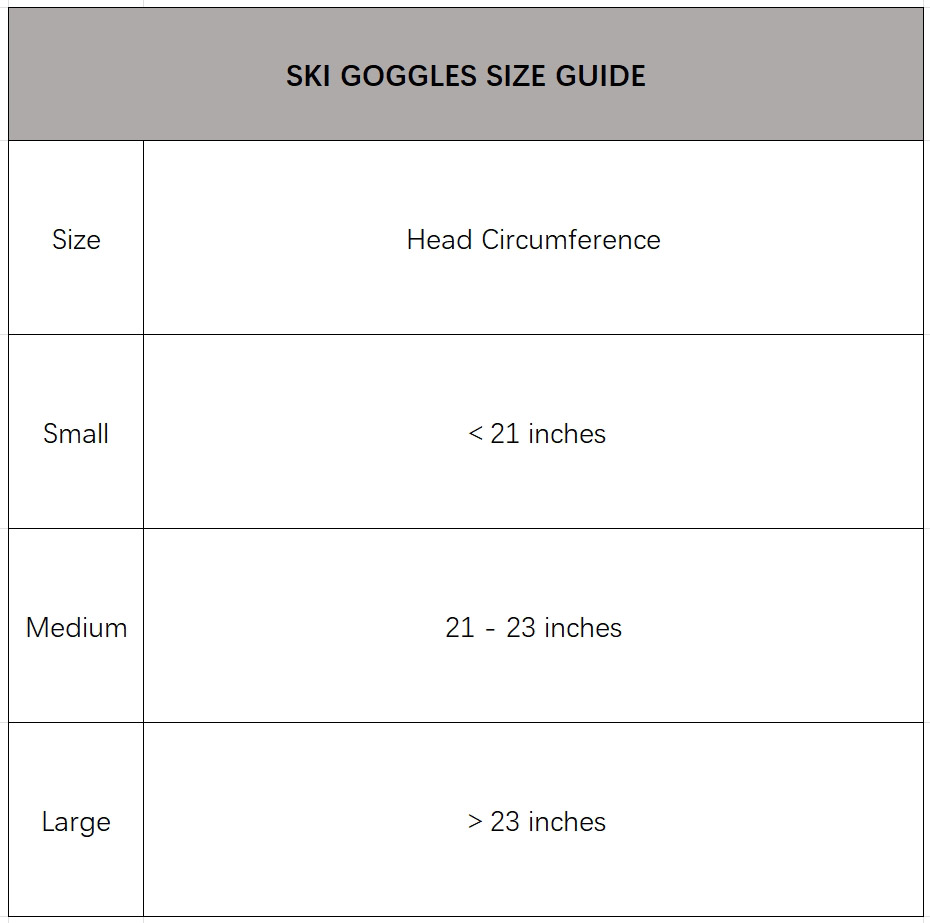
Remember that this is just a general size chart, and individual head shapes vary. It’s always recommended to try on goggles before purchasing to ensure the best fit.
Read More: How To Choose Ski Goggles For Skiing
How Should Ski Goggles Fit on the Nose?
The fit of ski goggles on your nose is crucial for comfort and proper vision. Here are some tips for ensuring a good fit:
- No pressure points: The goggles should rest comfortably on the bridge of your nose without causing excessive pressure. If you feel discomfort or pain, try a different pair of goggles with a more suitable nose bridge shape.
- Proper alignment: The goggles’ frame should align with your eyes, allowing for a clear, unobstructed field of view. Make sure the goggles don’t sit too high or too low on your nose, as it can affect your vision while skiing.
- Foam padding: The foam padding on the goggles’ frame should provide a soft and comfortable seal around your nose, preventing cold air and snow from entering. Ensure the foam is not too thick or too thin, as it can affect the overall fit and performance.
How Do I Know If My Ski Goggles Are Good?
Identifying good ski goggles goes beyond their fit. Here are some factors to consider:
- Lens quality: High-quality ski goggles usually come with lenses that offer excellent clarity, UV protection, and anti-fog capabilities. Look for goggles with lenses specifically designed for skiing and snowboarding.
- Ventilation: Good ski goggles feature proper ventilation systems that prevent fogging by allowing airflow. Look for goggles with strategically placed vents that maintain a balanced temperature inside the goggles.
- Lens interchangeability: Some ski goggles come with interchangeable lenses that allow you to adapt to different weather conditions. This versatility can enhance your skiing experience by providing optimal vision in various lighting conditions.
- Brand reputation: Opt for reputable brands known for their quality ski goggles. Read reviews and seek recommendations from experienced skiers to ensure you invest in a reliable and durable pair of goggles.
- Certifications: Look for ski goggles that meet industry standards and certifications for impact resistance, UV protection, and optical clarity. These certifications ensure that the goggles are designed to withstand the demands of skiing and provide optimal eye protection.
Also Read: Do Ski Goggles Fit Over Glasses
Conclusion
Finding the right fit for your ski goggles is crucial for a safe and enjoyable skiing experience. Remember to choose goggles that offer full coverage, a secure fit, and compatibility with your helmet. Refer to the ski goggles size chart as a general guideline, but always try them on to ensure the best fit for your head shape. Pay attention to how the goggles fit on your nose, ensuring no pressure points and proper alignment. Lastly, consider factors beyond fit, such as lens quality, ventilation, and brand reputation when selecting good ski goggles. With the right fit and quality goggles, you’ll be ready to hit the slopes with confidence and clear vision.


